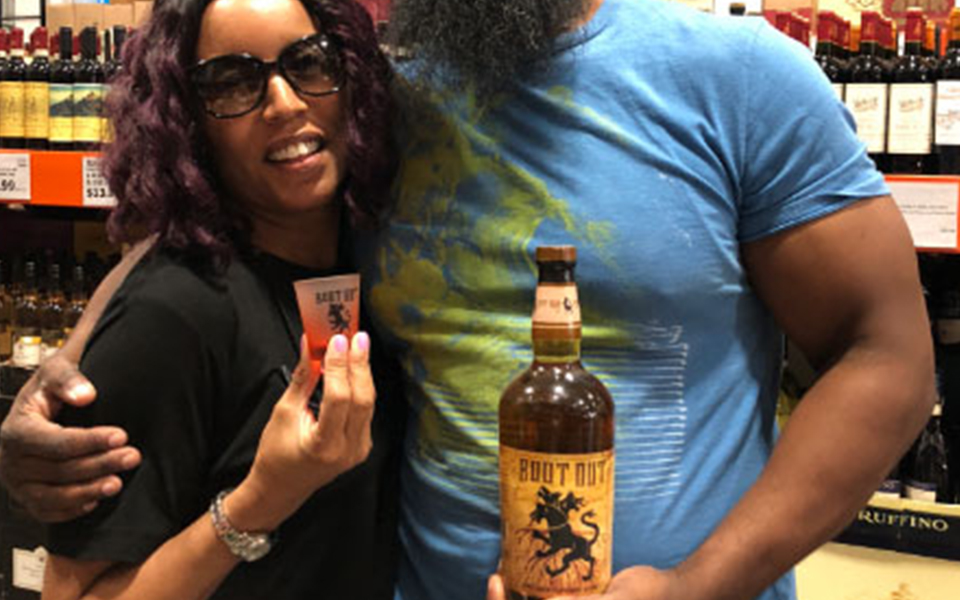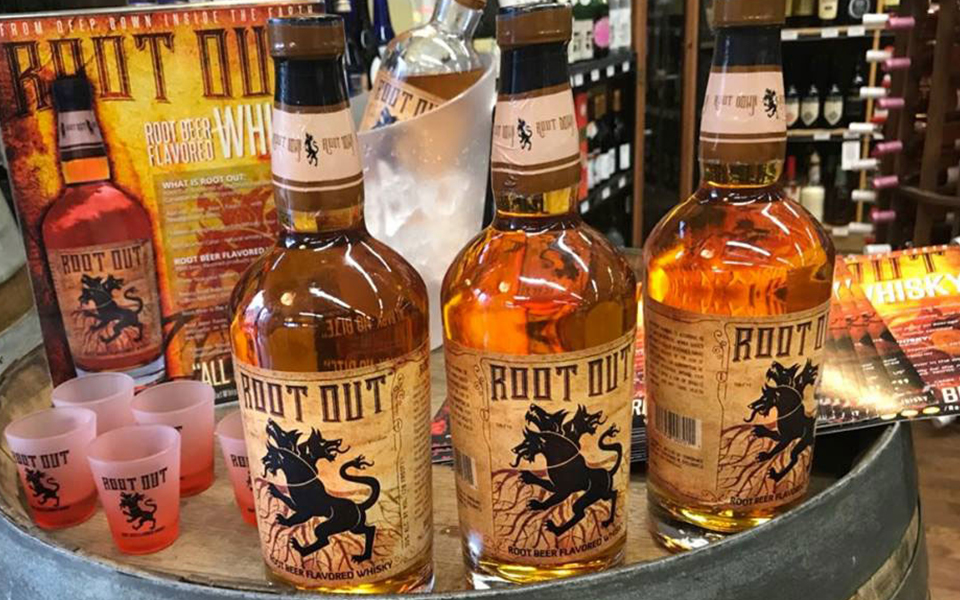

mutual fund, who was not authorized to speak publicly, said there are concerns about Snapchat’s revenue growth, and that Facebook has been siphoning revenue away from Snapchat.įacebook in the last quarter posted $4.3 billion in ad revenue, with 78 percent of that coming from mobile, up from 66 percent a year ago. The slow progress has some investors impatient. “The question is whether brands will continue paying the premium prices.” “Snapchat fits into that 10 to 20 percent of a marketing budget that is for experimentation only,” said Edwards. The high prices for ads that aren’t strongly targeted were often the deal breaker. Tom Edwards, chief digital officer of agency business at Epsilon, said while about a half dozen of his advertising clients have held discussions, none have yet signed with Snapchat. Snapchat is also working with market research firms to help advertisers better understand who their ads are reaching, the company said.

While the four-year-old company lacks the technological sophistication of Facebook, which began advertising a decade earlier, Snapchat’s slimmed-down offerings also reflect its decision to avoid bombarding users with ads.

“It’s early days and we’re really focused on building long-term relationships with brands,” Ritti said. Snapchat is working with advertising clients to evolve and is constantly trying to strike a balance between satisfying advertisers and protecting users’ privacy, said Mary Ritti, vice president of communications. Nike did not respond to a request for comment. The company is unwilling to write Snapchat a check until it can get more sophisticated data on its viewers, she said.Ī spokeswoman for McDonald’s declined to comment.
#Snapchat efforts to root out drug skin#
San Francisco-based Benefit Cosmetics, which sells makeup and skin care products, is discussing advertising on Snapchat next year, but needs to see more analytics before doing so, said Claudia Allwood, director of U.S. “Snapchat has earned a seat at the table in terms of the options that we look at for consumer engagement,” Seuge said. Though Coca-Cola’s first ad campaign on Snapchat was a disaster – 75 percent of the audience that viewed the ad skipped it after just three seconds – it has run successful ads since and plans to continue, said Emmanuel Seuge, senior vice president of content for Coca-Cola North America. On Facebook, by contrast, companies can target consumers with ads based on users’ hobbies, interests, employer and political leanings. Advertisers say they know little about their ads’ reach and effect. More than 100 million people use Snapchat to watch 6 billion videos daily.Īdvertisers can target their ads based on gender and location of Snapchat users, and occasionally age, but little else, Snapchat said. More than 100 companies, including General Electric, McDonald’s, Nike and Coca-Cola have advertised on Snapchat to capture the attention of the app’s predominantly young audience - 60 percent of users are aged 13 to 24. Snapchat’s $16 billion valuation was calculated at its most recent funding round in May based on how much investors were willing to pay for shares. But time may be limited as the company is in early discussions for an IPO, according to sources. The company has raised $1.2 billion from investors, ample resources to develop its advertising techniques. Snapchat doesn’t comment on its revenue or its losses. Tech media outlet Re/code estimated that Snapchat’s revenue could reach $50 million in 2015, citing sources familiar with the company. Its advertising business began in mid-October. Snapchat lost more than $128 million in the first 11 months of 2014, according to a financial statement leaked earlier this year, which also showed Snapchat had revenue of $3.1 million. “If Snapchat doesn’t get that figured out, they’re in trouble,” said Nick Godfrey, chief operating officer at RAIN, a digital strategy agency.

Fidelity Investments’ decision to slash the estimated value of its Snapchat stake by 25 percent in the third quarter exacerbated concern about the company’s ability to meet advertisers’ expectations.įor Snapchat advertisers, the question is whether prices that can reach more than $500,000 for some ads is worth it when the company lags competitors in targeting specific consumers and measuring how ads perform. REUTERS/Lucas JacksonĮven in a world where upwards of 140 private companies are reckoned to be worth $1 billion or more, Snapchat’s outsized value stands out. A billboard displays the logo of Snapchat above Times Square in New York March 12, 2015.


 0 kommentar(er)
0 kommentar(er)
